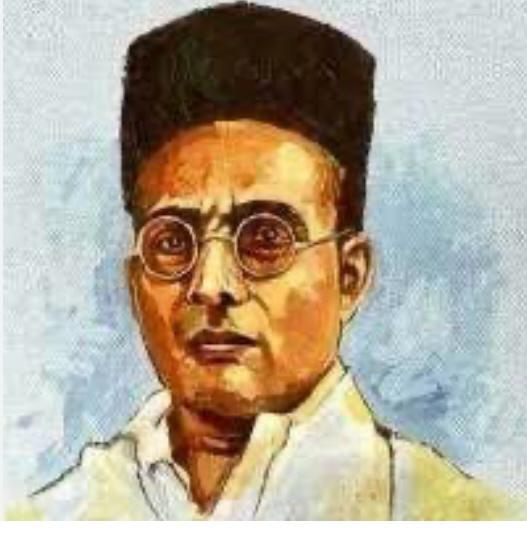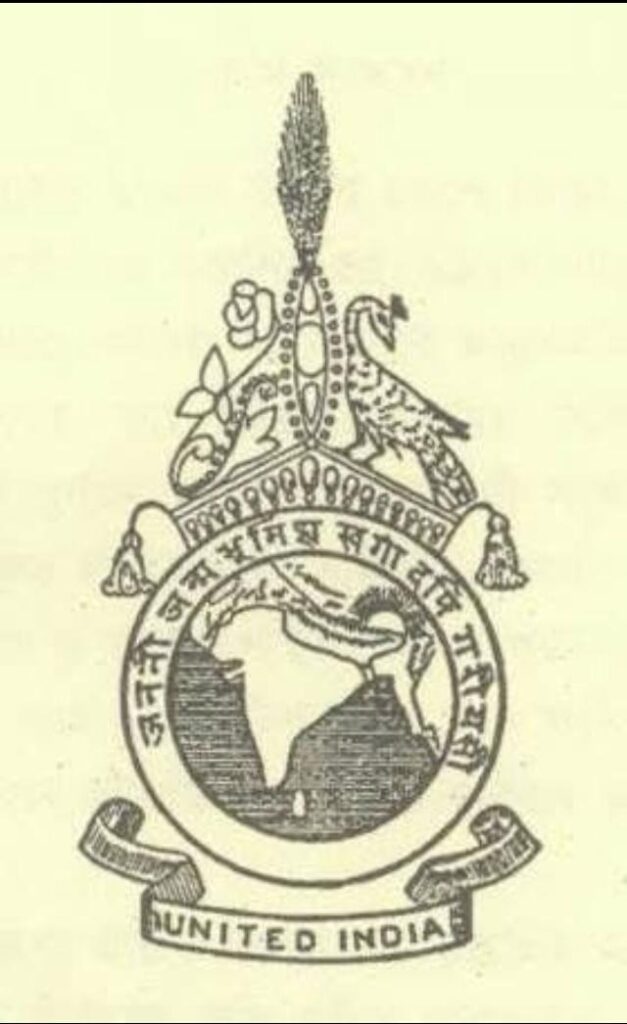
Abhinav Bharat: A Legacy of Armed Revolution
The name Abhinav Bharat originally belonged to the secret revolutionary Abhinav Bharat Society, founded in 1904 by Vinayak Damodar Savarkar and his brother Ganesh in Nashik.̣ Inspired by Giuseppe Mazzini, it carried the oath-bound mission to fight British colonial rule through targeted assassinations of colonial officials. Its members orchestrated high‑profile killings such as those of Lt. Col. A. M. T. Jackson and Curzon‑Wyllie. The society was formally disbanded only in 1952, long after its rebellion had become legend in nationalist lore.
This revolutionary ethos—of clandestine organisation, armed struggle, and uncompromising anti‑colonialism—shielded its memory through India’s post‑Independence era, long after the original society ceased to exist.
Revival and Early Years: From Ideals to Reaction

In 2006–07, a new organisation adopted the venerable name Abhinav Bharat. Founded by retired army officers Major Ramesh Upadhyay and Lt. Col. Prasad Shrikant Purohit, it was rooted in militant Hindutva—the defence of Hindu identity through armed activism, inspired by the revolutionary past but repurposed for communal end.
During its initial phase, there remained echoes of revolutionary ideology—the idea of sacrifice, clandestine cell‑based structure, and defensive mobilisation. Yet from its inception the new group was reactionary in orientation: framing Muslims as enemies and positing violent retaliation as justified. The ideology of “Hindu Rashtra” formed its core motive spectrum.
With leadership drawn largely from former RSS-affiliated cadres and military officers, the group became involved in a series of bomb attacks from 2006 to 2008—including the Malegaon bombings (2006), Samjhauta Express blast (2007), Ajmer Dargah attack, Mecca Masjid bombing, and the 2008 Western India blasts—accused of aiming to provoke communal polarisation. Investigators and the Anti‑Terrorism Squad (ATS) alleged that serving and former army officers hijacked and radicalised the group for anti‑Muslim violence.
By the end of that first phase, Abhinav Bharat had shifted from emblematic revolutionary symbolism to operational reactionary militancy.
The Malegaon Case and Legal Accountability
The 2006 & 2008 Blasts
The 2006 Malegaon bombings (September 8, 2006) killed 45 people—most pilgrims at a Muslim cemetery near a mosque. Initially blamed on SIMI and Bajrang Dal fringe elements, the 2013 NIA‑ATS joint chargesheet implicated eight members of Abhinav Bharat in orchestrating the attack—including Pragya Singh Thakur, Lt. Col. Purohit, and Swami Aseemanand .
The 2008 Malegaon blast (September 29, 2008) killed six, injuring over a hundred; ATS arrested Sadhvi Pragya, Purohit and others, charging them under IPC, UAPA and Explosive Substances Act. The charge sheet alleged conspiracy to incite communal tensions and establish a Hindu‑Rashtra agenda through terror.
Protracted Legal Odyssey
Investigatory inconsistencies began to emerge. Witness after witness turned hostile or retracted statements. Key documents disappeared. The court later found that the ATS may have planted evidence, coerced witnesses, and operated outside legal bounds. The NIA took over from ATS in 2011, but the prosecution continued to struggle. Until 2025, the accused remained in legal limbo for nearly 17 years.
2025 Verdict: Acquittal and Its Implications
On July 31, 2025, a special NIA court in Mumbai acquitted all seven accused, including Sadhvi Pragya Singh Thakur and Lt. Col. Prasad Shrikant Purohit. The 1,000‑page judgment held that the prosecution lacked credible evidence: no proof of RDX at the accused’s homes, no direct chain of causation, discrepancies in medical and custody records, and witnesses whose statements appeared coerced or manipulated .
Judge A. K. Lahoti underscored grave procedural violations: credible allegations of torture, illegal detentions, and planting of evidence by ATS. Several witnesses testified they were forced to implicate RSS leaders (including Yogi Adityanath) under duress . The judge rejected ATS’s modus operandi and criticized failures to present material witnesses, drawing adverse inference where prosecutorial omissions existed .
The acquittal rested not on declaring the plot baseless, but on the principle that “mere suspicion cannot lead to conviction.” The benefit of doubt was extended throughout.
Aftermath and Identity Crisis
Political and Social Reactions
Immediately, BJP and allied leaders hailed the verdict as vindication, calling it a blow to the Congress‑coined term “saffron terror.” BJP leaders demanded an apology from political rivals who had employed the narrative for electoral politics . NCP leaders, however, called for the Maharashtra government to challenge the verdict, reflecting continuing tensions over justice for victims .
Sadhvi Pragya alleged she had been tortured and forced to name PM Modi, Yogi Adityanath, RSS chief Mohan Bhagwat — claims that deepen questions about cold‑case politics and investigative misuse .
Legacy Conflicts: Name and Identity
Post‑verdict, the name Abhinav Bharat became contested between rival factions. Two distinct groups now claim the legacy, turning the name into a flashpoint over ideology and narrative control. This struggle reflects unresolved disputes over whether the group embodies radical revolutionary heritage—or reactionary religious militancy .
Revolution Co-opted, Justice Deferred ,Transformation:
Abhinav Bharat’s 21st-century incarnation illustrates transformation from a symbol of anti-colonial armed revolution to reactionary extremism—a militant expression of Hindutva that replaced colonial overlords with communal others as enemy. Its initial signifiers of revolutionary discipline were inverted into sectarian violence, guided by paranoia rather than national liberation.
Legal Oversight and Integrity:
The verdict exposed the dark underbelly of counter-terror policing—where investigative zeal overshadowed legal norms. When ATS appears to have coerced confessions, detained illegally, or lost vital evidence, the judiciary’s final rebuke underscores the need for adherence to due process, irrespective of ideological assumptions.
Public Memory and Political Narrative:
The “saffron terror” label became a contested symbol. For some, the Malegaon case was emblematic of state hypocrisy in counterterrorism. For others, today’s verdict is vindication of false narratives weaponized for vote-bank politics. Both sides continue to see the same events through radically different memory frameworks.
The Arc of Abhinav Bharat’s Journey

From 1904 to its revival in 2006, Abhinav Bharat has traced a winding arc—from revolutionary society to Hindutva offshoot implicated in communal bombings, to legal exoneration marred by investigation flaws. The 2025 NIA acquittal does not erase the alleged violence—but it exposes systemic failures and political baggage entwined with investigative agencies.
This chronicle raises urgent questions: Can historical symbols be reclaimed? Was justice delayed—or distorted? Does the legacy of revolution permit moral licence for extremism today?
Abhinav Bharat’s story remains unfinished—contradictory and fraught. Its future, whether as a revived ideological movement or a contested relic, remains to be defined by ongoing political and judicial reckonings.
Hasnain Naqvi is a former member of the history faculty at St. Xavier’s College, Mumbai





